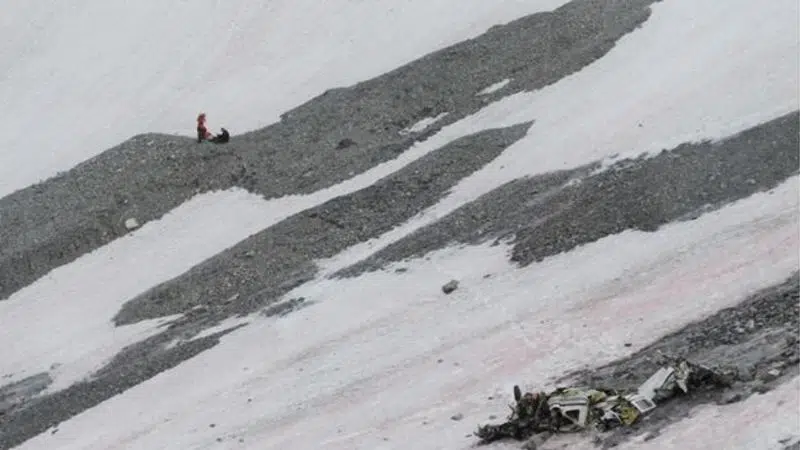
Lack of oxygen likely caused fatal plane crash near Calgary, says TSB report
A lack of oxygen likely played a role in a plane crash southwest of Calgary that killed two people, an investigation by the Transportation Safety Board of Canada found.
The board said in a report released Thursday that hypoxia, or in-flight oxygen deprivation, caused the pilot to lose control before the plane crashed into rugged terrain in the Kananaskis area of Alberta on Aug. 1, 2018.
The pilot flying the Piper PA-31 Navajo was headed to the Springbank Airport near Calgary with a survey technician.
The aircraft’s right engine began operating at a significantly lower power setting than the left engine when the pilot was approaching the airport, said the board.


